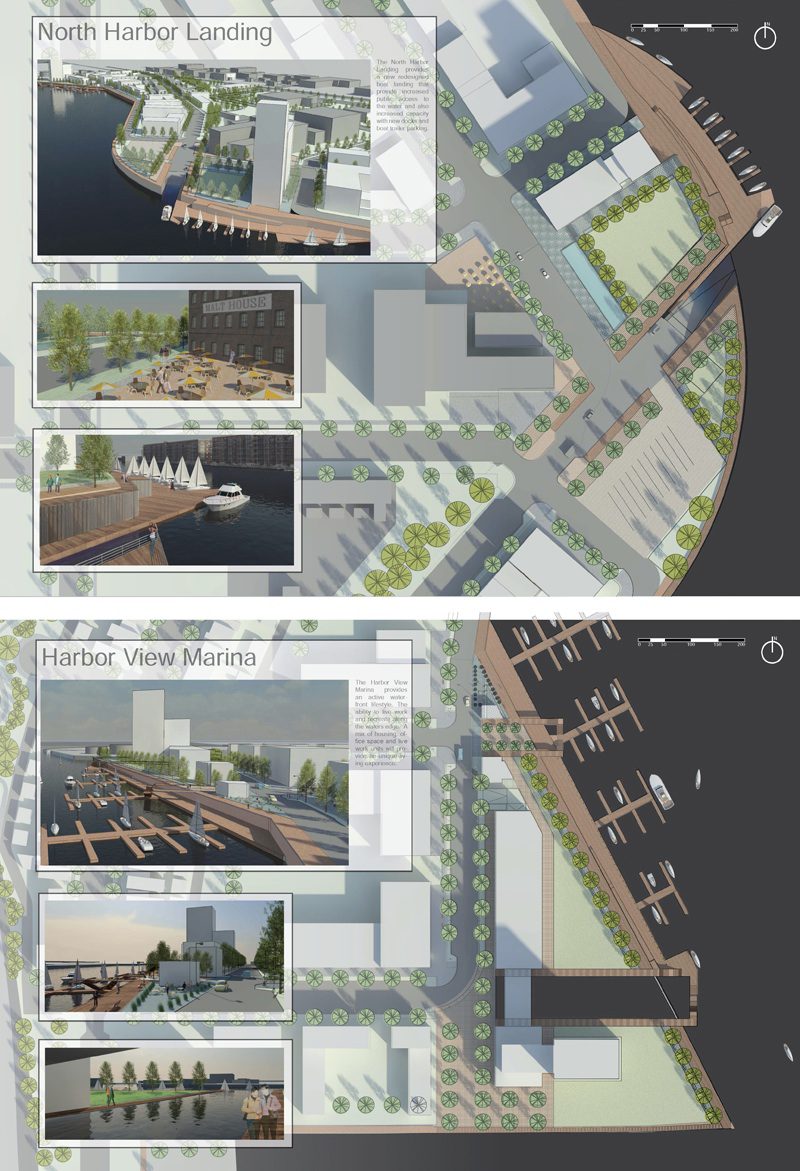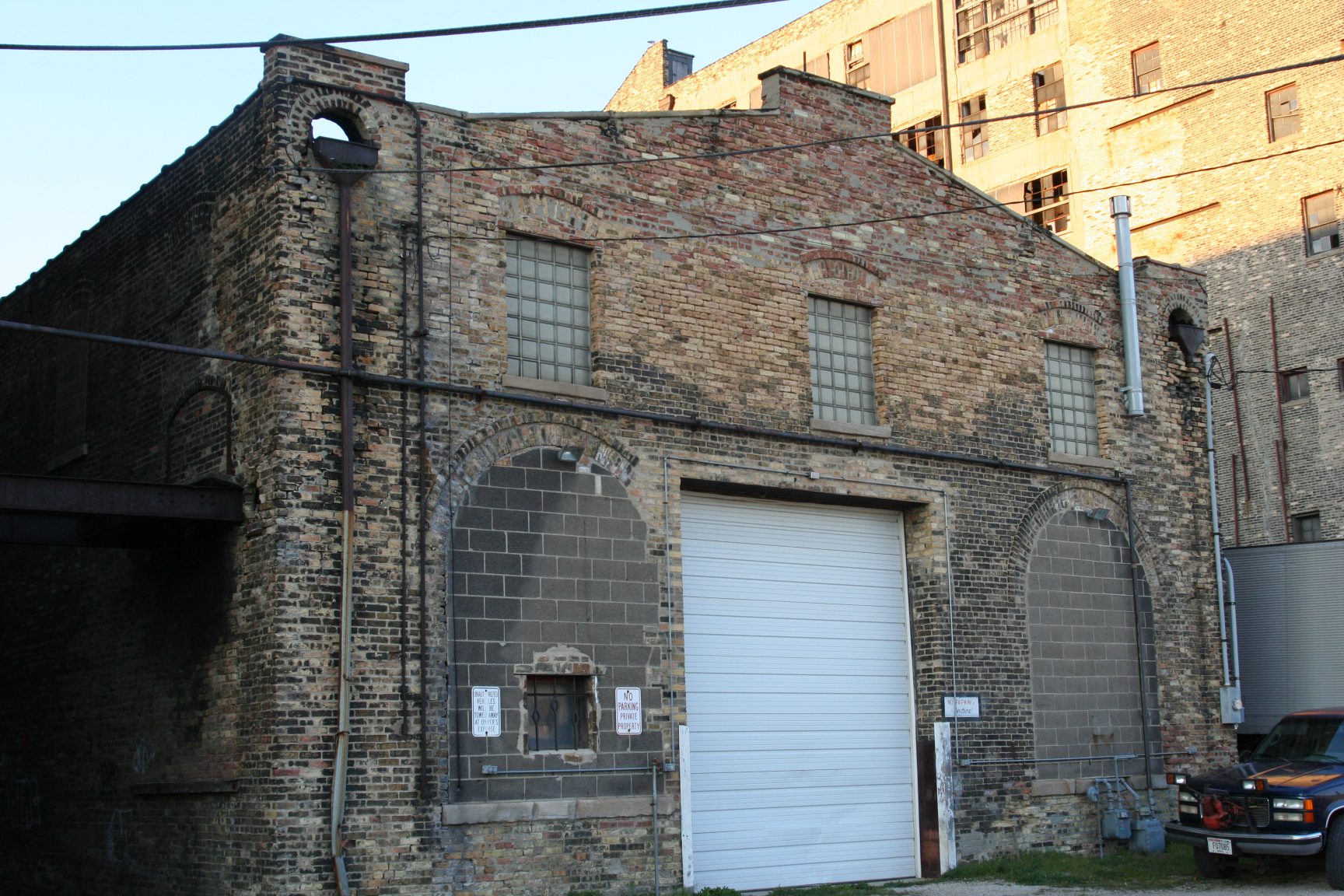Recently, over two sizable cups of locally-roasted coffee, a colleague and I mulled over a simple question: “How can we continue to make our city more livable?” True, this is a simple question with a complex set of answers. But to urban advocates, postulating solutions to the question tends to be an invigorating way to start the morning.
Picture us: two professionals at a Milwaukee coffee roastery with different backgrounds who share a common goal: the increased livability of the city they love. One generally looks to new construction as a defining benchmark in measuring improved livability, while the other to rehabilitation of the existing urban environment. My colleague’s keen interest in development and city planning led to fluidly-delivered ideas for enhancing the city’s core. He outlined strategies for financing, development options, and new high-rises. I wistfully injected anecdotes on reinvestment and renovation potential, broader definitions of “return on investment,” and thoughts on historic preservation vis-à-vis economic development.
Over the past several months I have observed an apparent disconnect in Milwaukee between our thoughtfully-researched visions (i.e. our “plans”) and our daily dialogues on investment decisions. But when we know what remarkable investment decisions can result when dedicated citizens and engaged members of the business community connect deeply with shared visions of their city’s future, how can we reintroduce our recorded visions as the framework upon which others can brainstorm, and implement, complementary ideas? How can we return to the notion of using plans as the centerpieces of discussions on improving American cities?
Around the corner from where my colleague and I asked these questions lies a vast bed of potential in Milwaukee, with acres of aged industrial properties and an exposed waterfront resting like an unfinished canvas. As the two of us concluded circling geographically through the city in our minds, we landed on a dialogue about the future of that nearby bed of potential – the acreage along Lake Michigan affectionately known as the Inner Harbor. Nestled among the scattered industrial towers in the Inner Harbor is a curious remnant of the Kraus-Merkel Malting Company, located just one block away from the very point at which the Kinnickinnic, Milwaukee, and Menomonee Rivers meet before draining to Lake Michigan. (Read: major development opportunity.) Because of the disconnected street pattern and limited visibility along this stretch of the Inner Harbor, it can be easy for some to miss this hidden treasure and recognize its ideal location along the water. As such, the Kraus-Merkel Malting Company building represents this month’s Opportunity Profile:
- One-story structure
- Built in 1890
- 5,500 square feet
- Listed as “Astylistic utilitarian” (Wisconsin Architectural History Inventory)
- “Cream City Brick” exterior
- Cumulatively assessed (with a 92,752 sqft, six-story structure on the parcel) at $273,000
This structure and its taller neighbors, situated at one of the most prominent points along all waterways in the Milwaukee region, offer the potential of a tangible reinvestment that could serve as a catalyst for the Inner Harbor. Yet on face value, a casual observer (or someone attuned to new construction) may find this kind of reinvestment difficult to envision without wiping the slate clean for new development. Unless, that is, a suitable visual is handy. Seeing is believing, and an alluring illustration outlining a realistic future for the Kraus-Merkel Malting Company buildings could make a casual observer believe in the site’s potential as a catalyst.
Thinking back to each location discussed over coffee, including the Inner Harbor, both my colleague and I lacked immediate access to a key component in the discussion: a plan, rendering, or compilation of ideas that outlined the crafted vision for each area. The two of us dissected the need for Milwaukee to have a stronger vision for these places, but in many instances, they were already home to backlogs of grand ideas, carefully-vetted goals, and recommended tools to reach those goals. He and I simply needed those plans at our fingertips to realize that our city, in fact, already had visions for these areas. He and I needed those plans to realize that our varying interests in the old and the new could exist harmoniously and in a way that would attract investment. He and I needed to see a plan for the Inner Harbor.
While many readers may pause here, distinctively noting that plans are synonymous with dated texts sitting in lonely fashion on a dusty set of shelves, allow me to highlight a few trends. These kinds of critical visioning tools are evolving. They are real-time, interactive websites. They are colorful audio and video compilations. They are the synthesized result of crowdsourcing efforts. They are beautifully-crafted renderings. They often live, for example, in the studio rooms of universities.
In the case of the Inner Harbor, I knew that renderings and compilations documenting the area’s promising future did in fact exist. I simply had not yet seen them. Locally, the School of Architecture and Urban Planning (SARUP) at the University of Wisconsin-Milwaukee has invested time and resources into the Inner Harbor’s future through several studios. This multi-year, collaborative investment at SARUP has produced research and renderings (like the one included in this post) which showcase those aforementioned grand ideas, carefully-vetted goals, and implementation tools. Review of selected renderings even generates a hopeful feeling about the fate of the Kraus-Merkel Malting Company building. In instances where students proposed the weaving of rehabilitated existing structures with creative new developments, one could easily envision the site’s ability to foster reinvestment.
As my colleague concluded his thoughts on essential area improvements (an area in which his office happens to be located), I inquired as to whether he had heard of or seen the results of the university research. He, too, had not. Realizing that he – a leading advisor on investment decisions in the city – had also heard little of the research came as a sharp reminder of how often we plan in isolation, whether or not we intend to do so.
When my colleague does see the university research, I imagine his excitement for the future of the Inner Harbor (and, just maybe, his interest in an older structure like the Kraus-Merkel Malting Company building) will increase tenfold. Mine certainly did.
Plans can be used as a way to entice creativity. They can be used to foster thorough debate. They can be used as a tool to make investments happen. I mentioned in the opening paragraph that I have observed an apparent disconnect between our thoughtfully-researched visions and our daily dialogues on investment decisions. I am not suggesting that this disconnect is a problem with assigned fault. Were I to assign fault, then many – including me – would be at fault for not knowing their city’s visions inside and out. Rather, I am suggesting that this disconnect symbolizes a golden opportunity for American cities to heavily market their visions and actively promote reinvestment. If we can collectively and deeply reconnect to our plans for the future, we just may achieve stronger civic engagement and produce both profitable and equitable results as we continue to change our built environment.
Photo by Stephanie Allewalt. Drawing courtesy of UWM Department of Architecture.






Comments